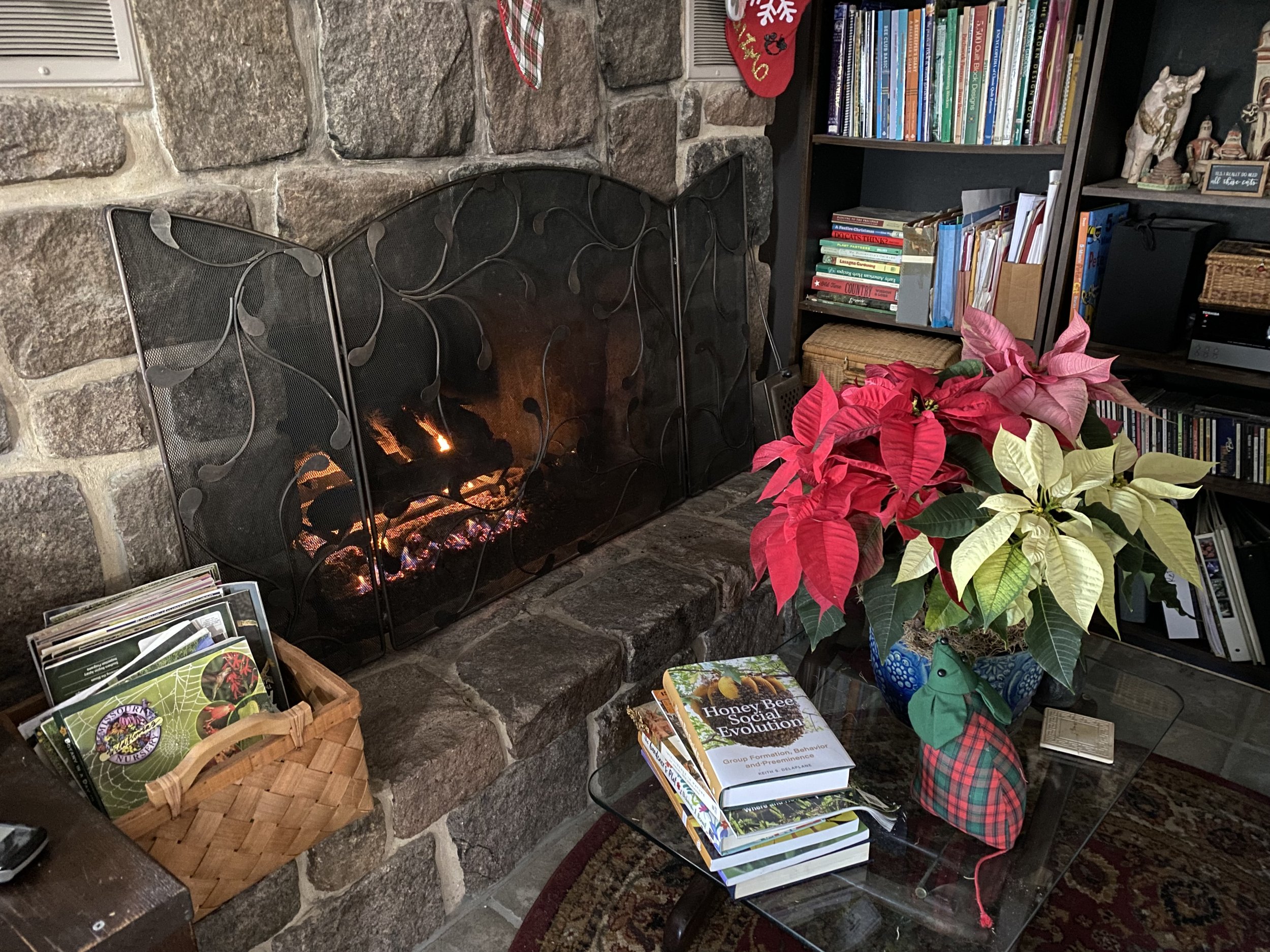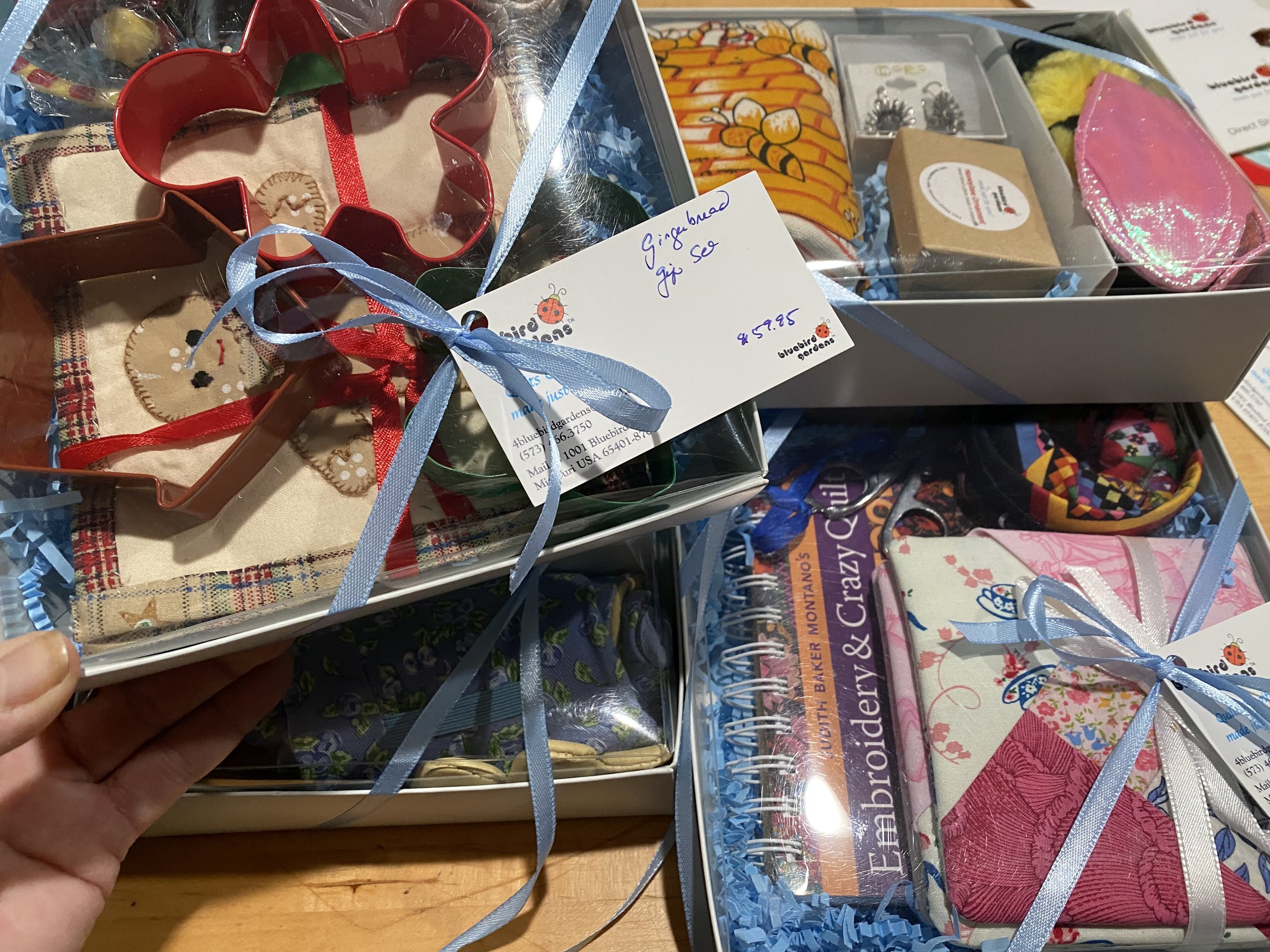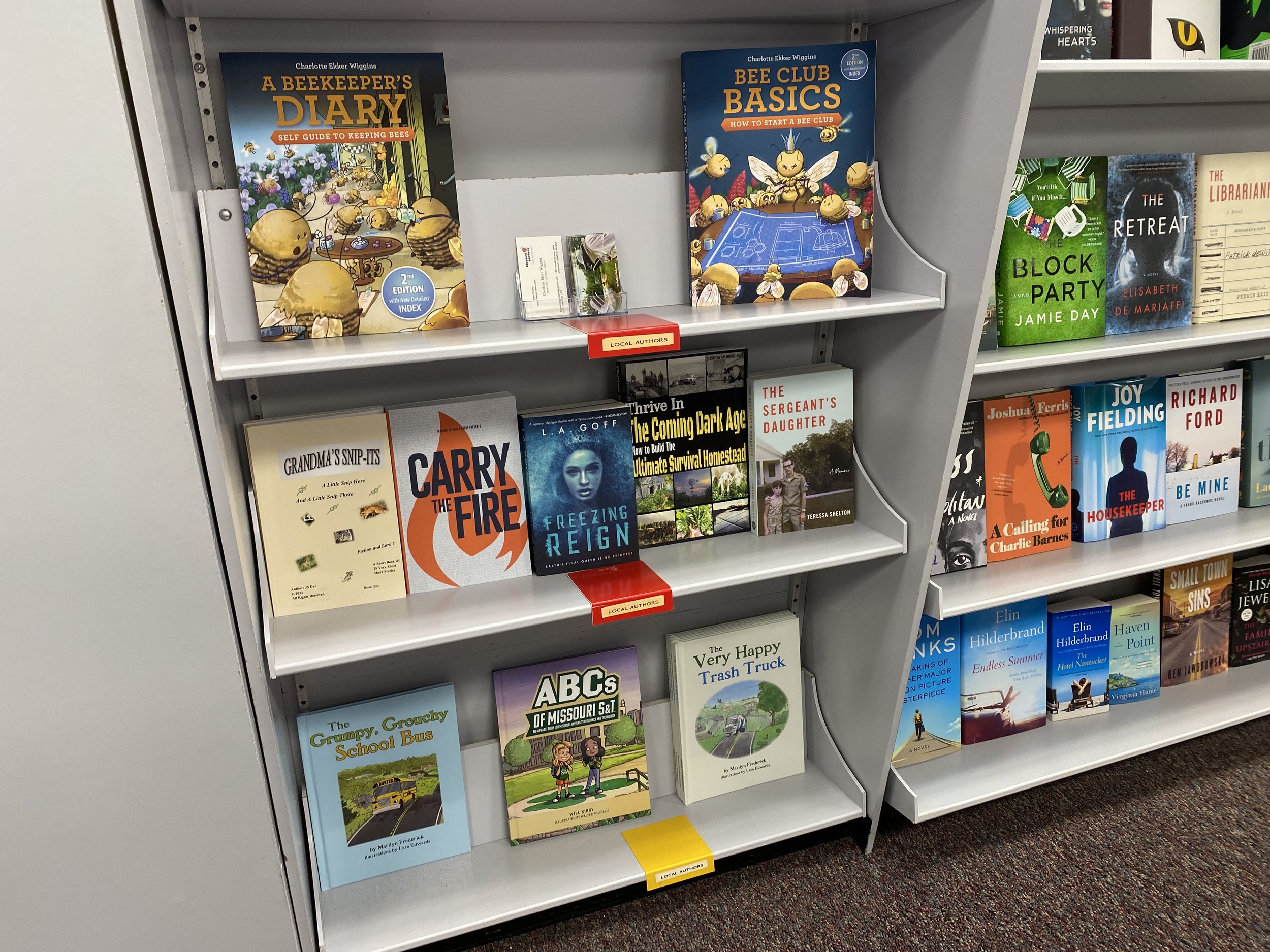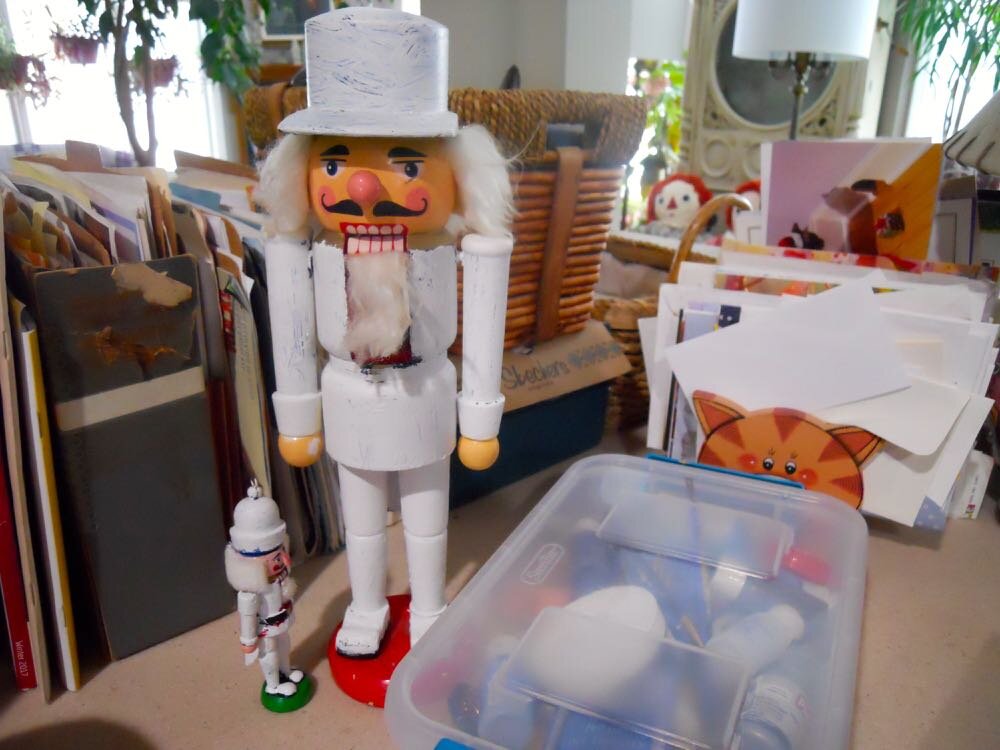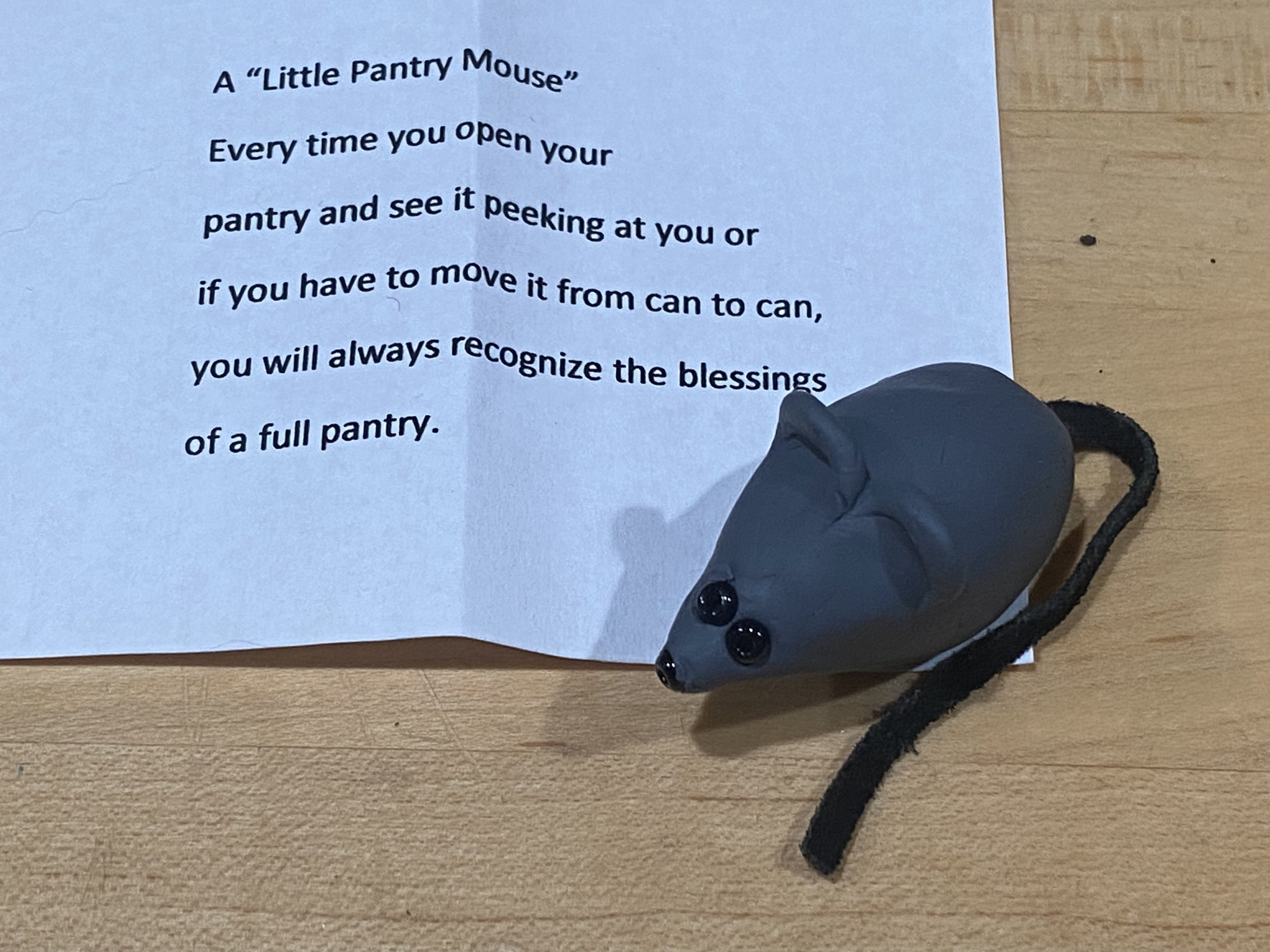Australia Continent Art Quilt
/Part of our quilting work at the Grimm Museum in 2014 in Amsterdam, Sweden.
Australia Art Quilt
I haven't been to Amsterdam but the artist who collaborated on the wall mural told me when the installation was up and where. The final collaborative work was installed at the Grimm Museum June 5, 2014 to August 9, 2014. It took me longer to make the piece were were commissioned to make that it was on display.
The quilted mural covered one wall, a depiction of the world made out of white quilted t-shirts against a quilted, navy blue fabric background. That was the part of the installation we were involved making. We were also asked to piece and quilt the continent of Australia out of 35 white stained t-shirts bordered by one-inch red satin. To most accurately reflect the land contours, I rouched by hand on both sides of the one inch red satin border. In the photo, our work was the piece to the far right.
As with most art quilt projects, it started simply enough. After quilting the navy blue background fabric by machine, the white t-shirts were also sewn together to form the Australian continent. It was then my job to finish it by sewing the red satin - yes, red satin - along the land contour by hand.
I started sewing the red satin on a straight stretch of the land contour on both sides.
If you have ever worked with satin, you know how hard it is to keep it in one place. It's almost impossible to sew straight with most sewing machines, and even tougher to keep straight and even sewing by hand because it moves so much.
To make sure the red silk fabric was tacked down evenly and correctly, both sides had to be stitched at relatively the same time by hand. If one edge was out of line, then it could be easily corrected before moving on. I had to redo a number of the sections to keep the width the same. It was a slow, tedious process.
When I reached curves, I would rouche the red satin on both sides, working one inch at a time, then sew the rouched area by hand, and move to adjust the other side before sewing that side down. Although the work was slow, it made all of the difference in terms of accurately defining the edge of the land contour.
Rouching curves was done an inch at a time, sometimes half an inch, to reflect the curves.
When the curve was especially tight, my decades of embroidery and hand-quilting, as well as the rouching technique, paid off nicely. This would not be possible sewing this satin on by machine.
Tight curves required work at half inch increments to make sure the fabric stayed in place.
To give you an idea of the scope of this section of the installation, here is the Australian continent section spread out on a double bed.
The finished Australian continent art quilt on a double bed to give you the scale of the quilt.
I can't do this kind of tiny, detailed stitching any more. I broke my wrist in 3 places September 2015. Although surgery implanted metal rods to mend the breaks, my years of embroidery dexterity are gone.
I look at these pictures and frankly marvel at what I once was able to do. There were other quilts I worked on in the past that also ended up in museums but it never occurred to me to get photos. I assumed I would have the embroidery skill for most of my life, not counting on breaking my wrist.
Yet another reason why I tell people who ask me what their handmade quilts are worth. No two are exactly alike and no one knows when one won't be able to make another one. In my world, their work is priceless.
Charlotte






